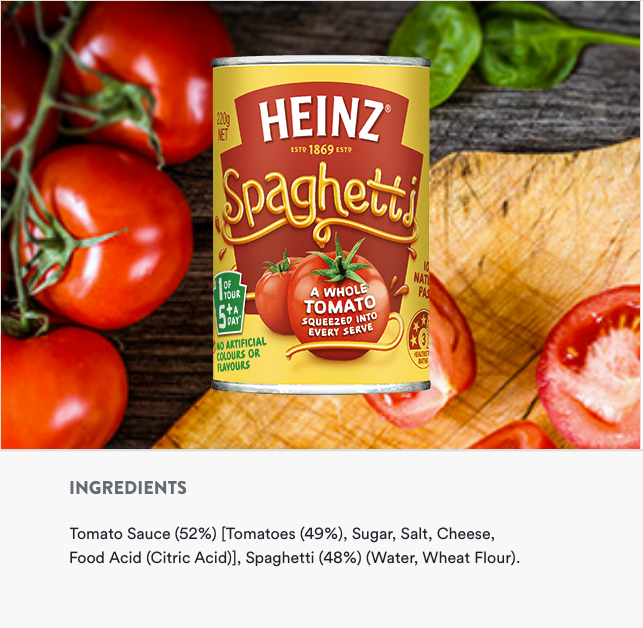3 Things Pineapple is Doing on Your Pizza

[Cover photo by Pineapple Supply Co.]
I am not interested in the question of whether or not you should put pineapple on your pizza. As far as I'm concerned, you should put it on there if you like it on there, and you shouldn't put it on there if you don't want it on there. But from a culinary standpoint, pineapple actually does quite a lot of heavy lifting on a pizza dish.
Firstly, pineapple is juicy and many of the ingredients on a pizza are salty. Brined foods like olives, anchovies, ham, salami, pepperoni and prosciutto are some of the best things you can put on a pizza, but they're also high in salinity, not to mention the salt that's in the dough, tomato sauce and cheese. But a burst of juice from a chunk of pineapple can cleanse any lingering saltiness from your palate, and ensure that the next bite tastes as good as the first one.
Secondly, pineapple is sweet and tomato paste is tart. When tomato is processed the compounds that give it a sweet flavour are stripped away, leaving behind an overwhelmingly acidic product. The best way to combat this imbalance is by adding sweetness to the dish. Takeaway joints will tend to accomplish this by throwing sugar into the pizza sauce, but you can use pineapple's natural sweetness to take the edge off the sauce and bring the flavour profile of the pizza back into balance.
(As an aside, when I went to Rome I was surprised to find that the tomato sauce they use on their pizzas tastes exactly like the tomato sauce used in canned spaghetti here in Australia which, as we can see from this ingredients list, includes sugar as its second main ingredient. It impresses me that canned spaghetti, which I assumed to be the least authentic adaptation of Italian cuisine in the Australian market, is actually quite faithful to authentic passata, and alarms me that Romans apparently introduce so much sugar into their pizza sauce.)

Thirdly, pineapple is acidic and cheese is fatty. Fatty foods tend to coat your tongue and inhibit your sense of taste, but acids are able to cut straight through that layer of fat and refresh your taste-buds. This is why acidic foods always do well in high-fat dishes: lime is a welcome addition to guacamole, for example, while a dash of white wine will elevate a simple butter sauce to new heights. Pineapple may not be as acidic as some fruits — it has a pH of 4-3, whereas lemons have a pH of about 2 (lower numbers being more acidic) — but it has enough of a kick to do double-duty with the tomato sauce prevent the mozzarella from pasting-over your taste-buds.
For those, like me, who love pineapple on their pizza, it's difficult to articulate just why it works so well, particularly to people who don't have the same experience. (Just as I struggle to understand why coriander/cilantro is so beloved.) But there are sound culinary reasons which explain why it works so well as a pizza ingredient. Its juiciness offsets the saltiness of the other ingredients, its sweetness compliments the tartness of the tomato sauce, and its acidity prevents the cheese from dampening the flavour profile, making pineapple the most transcendent ingredient you can add to a pizza.

Comments ()